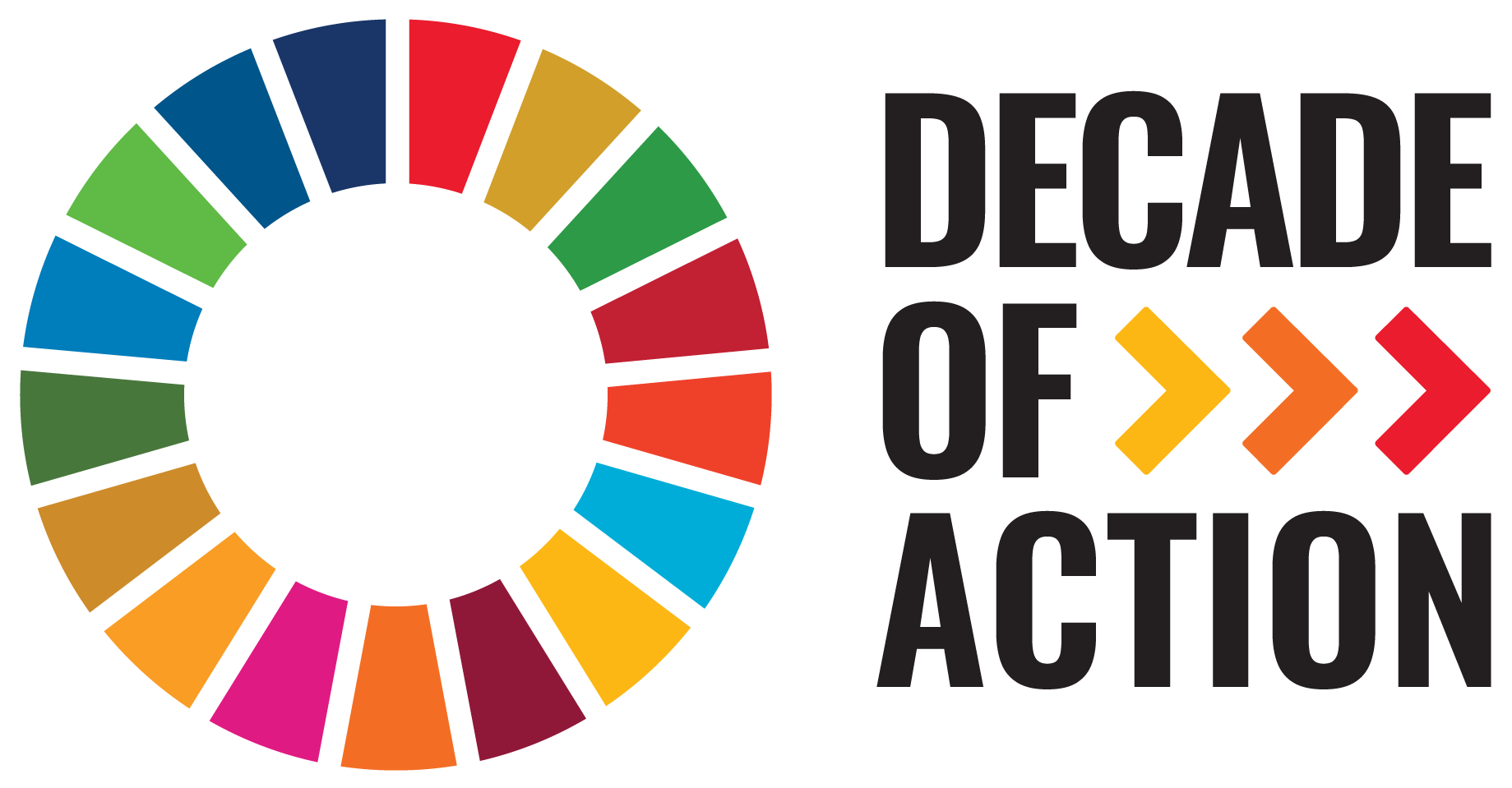GPNM Communication Strategy

Date
2014-12Author
United Nations Environment Programme
Citation Tool
Bibliographic Managers
RT Generic T1 GPNM Communication Strategy A1 United Nations Environment Programme YR 2014-12 LK https://wedocs.unep.org/20.500.11822/10768 PB UNEP AB TY - GEN T1 - GPNM Communication Strategy AU - United Nations Environment Programme Y1 - 2014-12 UR - https://wedocs.unep.org/20.500.11822/10768 PB - UNEP AB - @misc{20.500.11822_10768 author = {United Nations Environment Programme}, title = {GPNM Communication Strategy}, year = {2014-12}, abstract = {}, url = {https://wedocs.unep.org/20.500.11822/10768} } @misc{20.500.11822_10768 author = {United Nations Environment Programme}, title = {GPNM Communication Strategy}, year = {2014-12}, abstract = {}, url = {https://wedocs.unep.org/20.500.11822/10768} } TY - GEN T1 - GPNM Communication Strategy AU - United Nations Environment Programme UR - https://wedocs.unep.org/20.500.11822/10768 PB - UNEP AB -View/Open
Item Statistics
Display item statisticsMetadata
Show full item recordDescription
The accelerated use of nitrogen and phosphorous is at the center of a complex web of development benefits and environmental problems. They are key to crop production and half of the world’s food security is dependent on nitrogen and phosphorous fertilizer use. But excess nutrients from fertilizers, fossil fuel burning, and wastewater from humans, livestock, aquaculture and industry lead to air, water, soil and marine pollution, with loss of biodiversity and fish, destruction of ozone and additional global warming potential. The problems will intensify as the demand for food and bio-fuels increase, and growing urban populations produce more wastewater. This will be at an increasing economic cost to countries with the undermining of ecosystems, notably in the coastal zones, and the services and jobs they provide.
Collections
Document Viewer
To read more, scroll down below.

